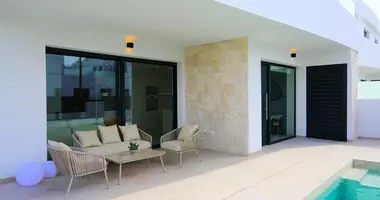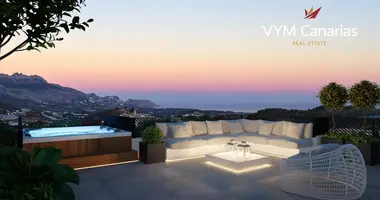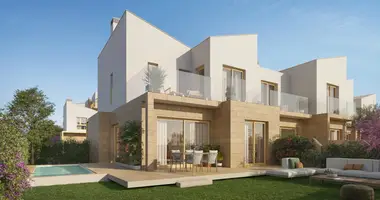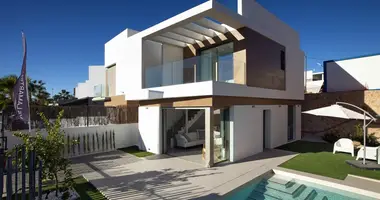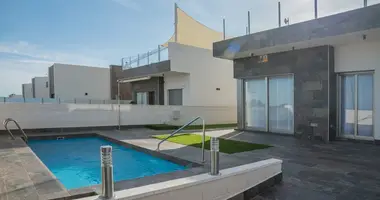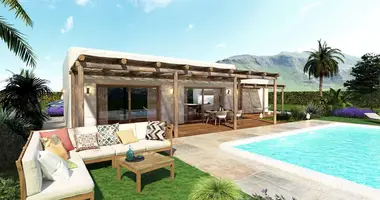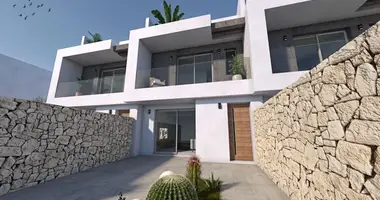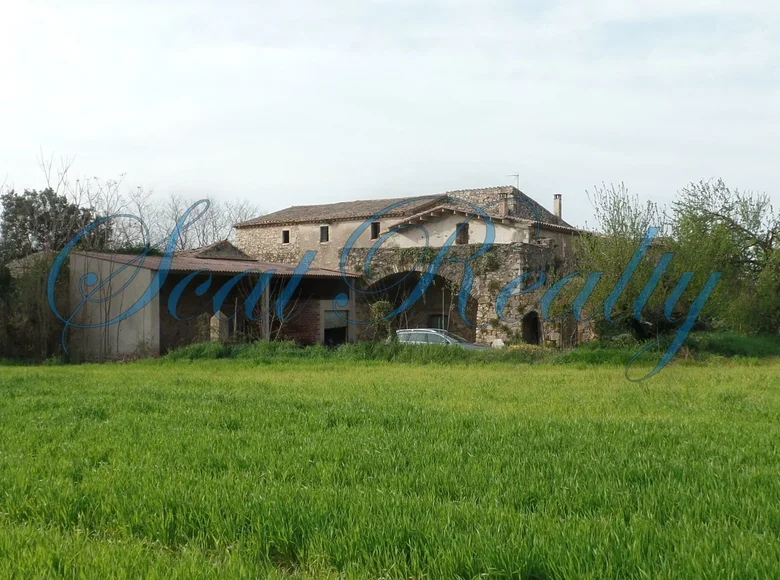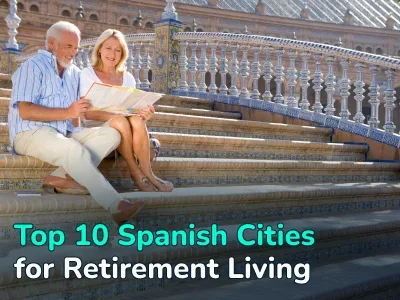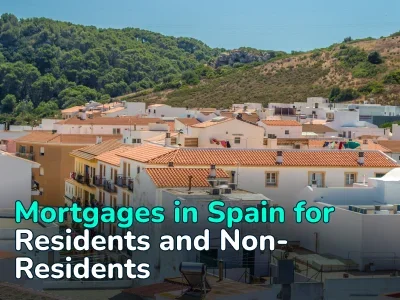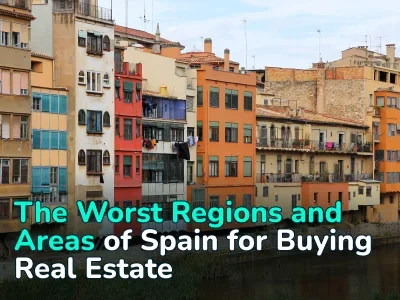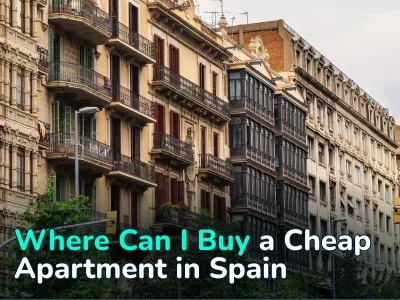Large Catalan farmhouse in Juià with an area of 24,000m2 and a total construction of 440m2 in the province of Girona.
The construction area is divided into:
Ground floor: (177 + 67 + 196) 440 m2; Raised floor: 144 m2; Ground floor under cover: 151 m2.
Right now it is totally uninhabited. There is no charge, nor is anything owed by reason of the house.
The house is accessed through a large double gate, which opens onto an interior patio surrounded by sheds.
On the ground floor are the old stables, cellars (“Cellers”), rooms to store farming tools and others (300m2).
On the main floor, first raised floor, we find a large living room around which no less than five rooms open a door, one of them an bedroom with an attached dressing room.
There are also two kitchens on this floor (one of them in disuse), a large living room, an office and the only bathroom in the whole house. This plant measures about 500 m2. On this floor, two of the rooms have a balcony to the outside, and in the old kitchen a door gives access to a terrace of about 50 square meters from which you can access, by means of a stair, the 800 m2 orchard in which there are a well and a pool.
We also have an upper floor, under cover (“golfas” or attic), divided into six or seven large rooms or rooms, and with access to a large terrace (300m2).
And separated from the main construction, we find a set of sheds and agricultural rooms that add up to 250 m2.
Somewhere in the house the roof is at the limit of holding.
It has electricity, but no running water, although works are currently being carried out in Juià, throughout the town, which will bring the water and sanitation network to the front of the house. (End this to confirm / specify)
The Costa Brava – Catalonia (Spain)
Geographical location and description:
The Costa Brava is the name given to the strip of coastline that runs from Blanes to Portbou, on the border with France, and which is limited to the province of Girona, in Catalonia.
It has an extension of 214 km. of coastline and was baptized as Costa Brava by the journalist Ferran Agulló in 1908, alluding to the wild natural landscape and the capricious rocky forms, sometimes wild, abrupt and steep that this part of the Mediterranean coastline outlines.
For its great beauty, which combines its marine essence with the green tones of the vegetation that practically reaches the sea, as well as for its pleasant Mediterranean climate, with mild winters and warm summers (60% of sunny days in December and 75% in July), it was the chosen place of many artists and writers such as Picasso, Marc Chagall, Dalí or Rusiñol. The Costa Brava was one of the first areas to receive tourists, since the 1930s, although mass tourism arrived in the 1960s and in 1965 its name became official.
However, the Costa Brava has managed to preserve with balance the charm of its fishing villages, its hidden and secret coves and its endless beaches of fine sand with urban and tourist growth. The authenticity of its gastronomy, its numerous and varied natural spaces, its exclusive homes, from the typical Catalan farmhouses to towers, villas, mansions, residences and modern high-standing houses, make La Costa Brava an idyllic place to live all the time. year, spend the summer or enjoy a vacation.








